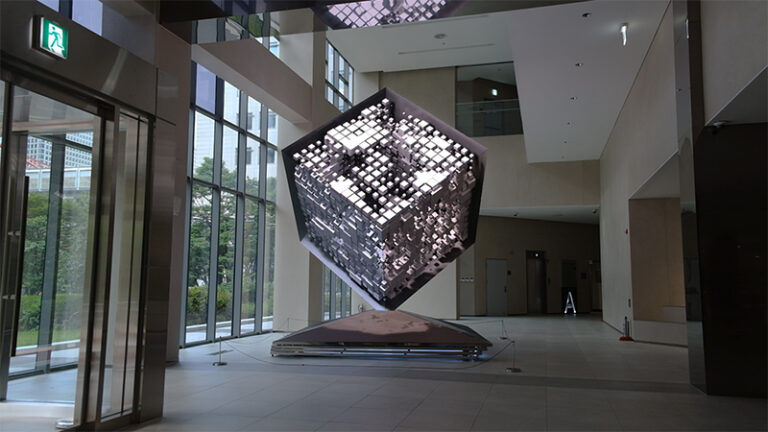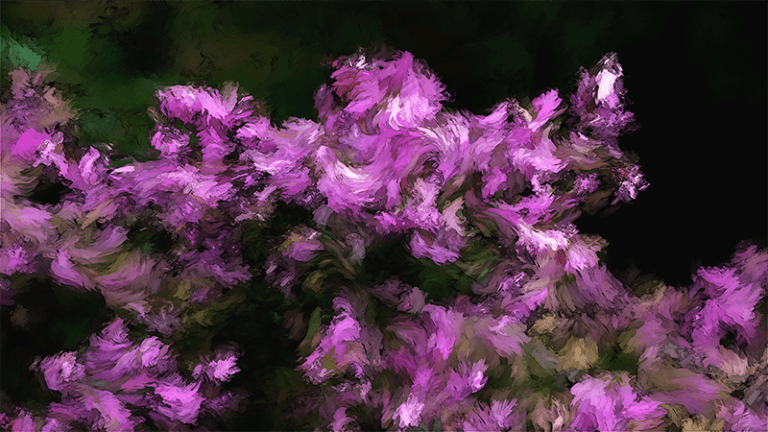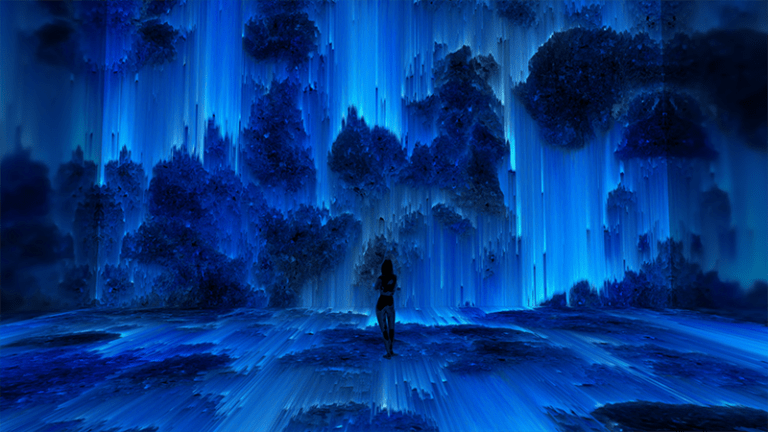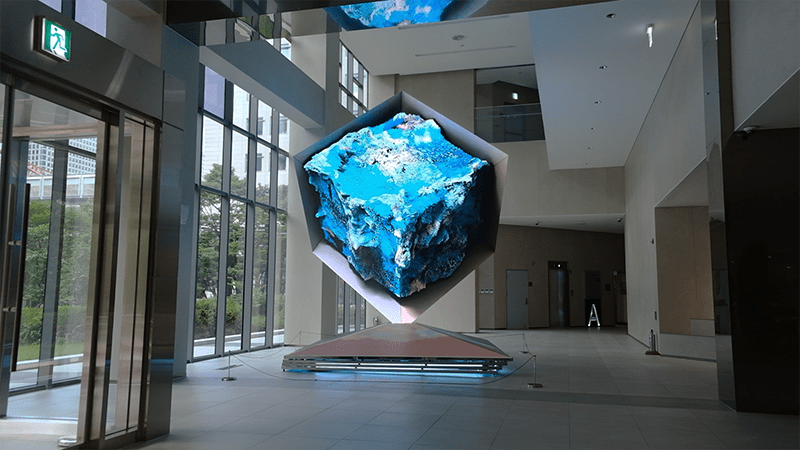
Nature, Data, and Art: The Innovative Fusion in Claude Studio's Media Artistry
In the realm of media art, Korean artist Soon Cho at Claude Studio stands out for his unique, multisensory compositions. His art doesn’t just aim for the eyes or ears, but instead provides a harmonious blend of stimuli that captivates and connects the audience with the surrounding environment. Claude Studio leverages real-time and collected data, transforming it into signals that become elements of his visually striking creations.
One project that particularly stands out is Claude’s collaboration with the Korea Exchange and CJ CGV. The installation, an artistic representation of Korea’s financial ebbs and flows, melds art with technology to visualize the real-time shifts in stock prices. This captivating piece, placed prominently in the main lobby of the Korea Exchange, walks a fine line, abstract yet accessible, intuitively sharing its message with onlookers.
In this comprehensive dialogue, we explore the profound depths of Cho’s creativity. We venture into his methodologies, examine the blend of art and technology that characterizes his work, and reveal the bountiful inspirations fuelling his distinct portrayals of nature. This discussion provides an intimate insight into Cho’s thought processes and the captivating artistic voyage that has culminated in his significant collection of work.

Q: Please share with us your educational/training background. What led you to concentrate on media art in your studies?
A: I pursued music and video simultaneously as a student and majored in electronic music. In my work, I wanted to diversify the modes of expression that engage multiple senses, as opposed to art that only uses one sense. This led me to delve into the genre of audio-visual performance – media art.
The first software I encountered was TouchDesigner, and its real-time reactivity to music or sensors in creating visuals felt unique and captivating. When I started with TouchDesigner, there weren’t many YouTube tutorials or educational resources, so I learned the functions roughly by pressing each button and parameter. Based on technical knowledge – or sudden inspiration, I engaged in repeated study and creation. Moreover, the most helpful way for me to train was to research the growth background and technical aspects of other artists who inspire me, rather than simply looking for program’s technical explanations.

Q: Please discuss the technical processes that you employ to transform motion and real-time environmental data into digital particles.
A: Many of my works are created using real-time or collected data. I process natural data like sea level, wind, environmental pollution, and more into signals that can be applied to visuals in real-time using APIs, Google real-time data, or TouchDesigner’s web data collection function. Hence, most of my exhibited works generate organic forms by interacting with natural phenomena and data occurring on Earth in real-time.
Q: Your installation on the KRX Korea Exchange, where real-time Kospi fluctuation data affects colors, motion, and shapes, is truly innovative. Please explain the creative process behind this.
A: The operation method of this work was decided after consulting with the client (Korea Exchange, CJ CGV). I contemplated deeply about the meaning and expression of this content, which will serve as the centerpiece in the main lobby of the Korea Exchange, representing Korea’s financial flow. Therefore, we chose to install a beautiful and wonderful piece that conveys the volatility of stock prices in real-time through the merger of art and technology. The challenge was in ensuring that the work is accessible to people without being overly abstract, so that viewers can intuitively grasp the meaning.

Q: Your work often mirrors the inherent beauty and organic changes in nature. How do you identify and select the elements of nature that you wish to depict in your works?
A: I tend to create works that express the emotions I feel rather than those that enlighten and awaken people. I simply aim to reinterpret and express the overwhelming emotions I experience in nature, such as beauty and awe, in my unique way. There are no specific conditions in choosing the inspiration or source of the work.
Q: Your work spans various fields – from commercial advertisements to installations and performances. How do you adapt your artistic approach to these different contexts?
A: Each field has different details and modes of expression, but the most important thing across all media is the beauty of the work I create and how it leaves a good impression and elicits emotions from the audience. Regardless of the type of work, I aim to achieve one goal in a broader sense.

Q: You have showcased your work internationally, including in the United States, Italy, Canada, China, and Hong Kong. How have these global experiences influenced your artistic perspective?
A: It’s a great honor and privilege for people from various countries and platforms to discover me. Installing works in various countries, meeting numerous people, and learning about the artistic spirit of each country broadens my perspective as an artist.
Q: Please share some of the upcoming projects or exhibitions you are most excited about.
A: The work titled <Trial> will be screened at the Melbourne International Film Festival in August. It is a piece I created with my sound collaborator, Shin Hyejin. It’s exciting and gratifying to be able to display my work in a new place. Additionally, I plan to release new personal works in the near future. I intend to present a piece with a slightly different resolution than before.
Q: What advice would you offer to aspiring media artists, especially those who wish to explore the relationship between technology and nature like you have?
A: While it’s good to dedicate a lot of your life to your work, it’s important to experience the outside world as much as possible. If you want to explore relationships and gain inspiration, it’s better to observe more in the offline world than online. This will help you avoid being too fixated on technology and obsessing over the production of art. The most crucial thing is to understand what you want to express through your art.
Cloude Studio’s website

Cho’s innovative practice of blending art with technology bestows emotional expression on nature and deepens the connection between humans and the environment. His contributions at Cloude Studio vividly articulate the close relationship between art and technology, allowing the audience to appreciate the allure of media art.
